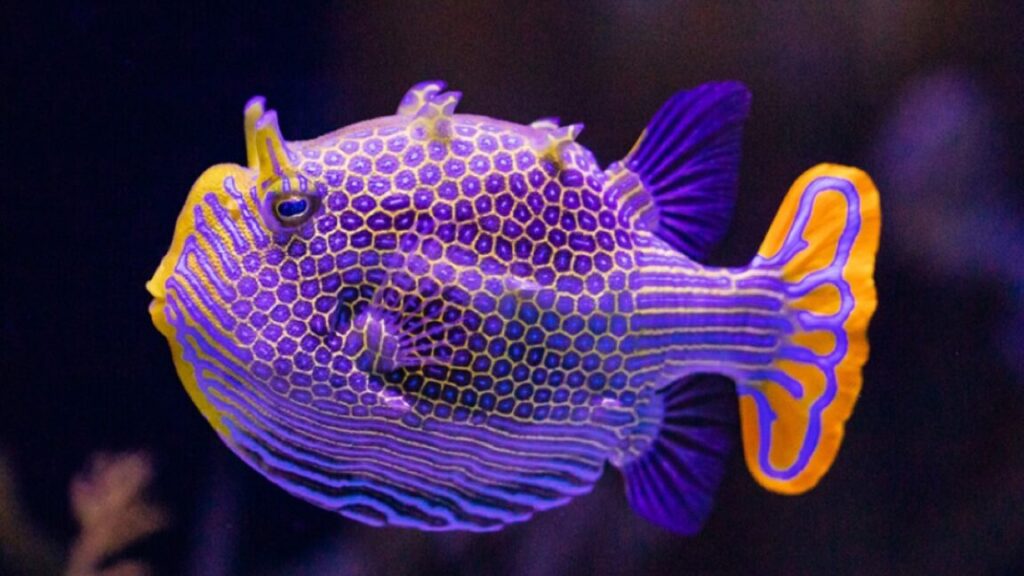A zebra’s distinctive black-and-white stripes, or a leopard’s spots, are both examples of “Turing patterns,” after mathematician and computer scientist Alan Turing, who proposed an intriguing hypothetical mechanism for how such complex, irregular patterns might emerge in nature. But Turing’s original proposal proved too simplified to fully re-create those natural patterns. Scientists at the University of Colorado at Boulder (UCB) have devised a new modeling approach that achieves much more accurate final patterns by introducing deliberate imperfections, according to a new paper published in the journal Matter.
Turing focused on chemicals known as morphogens in his seminal 1952 paper. He devised a mechanism involving the interaction between an activator chemical that expresses a unique characteristic (like a tiger’s stripe) and an inhibitor chemical that periodically kicks in to shut down the activator’s expression. Both activator and inhibitor diffuse throughout a system, much like gas atoms will do in an enclosed box. It’s a bit like injecting a drop of black ink into a beaker of water. Normally, this would stabilize a system, and the water would gradually turn a uniform gray. But if the inhibitor diffuses at a faster rate than the activator, the process is destabilized. That mechanism will produce spots or stripes.
Scientists have tried to apply this basic concept to many different kinds of systems. For instance, neurons in the brain could serve as activators and inhibitors, depending on whether they amplify or dampen the firing of other nearby neurons—possibly the reason why we see certain patterns when we hallucinate. There is evidence for Turing mechanisms at work in zebra-fish stripes, the spacing between hair follicles in mice, feather buds on a bird’s skin, the ridges on a mouse’s palate, and the digits on a mouse’s paw.



